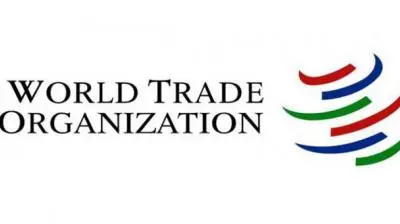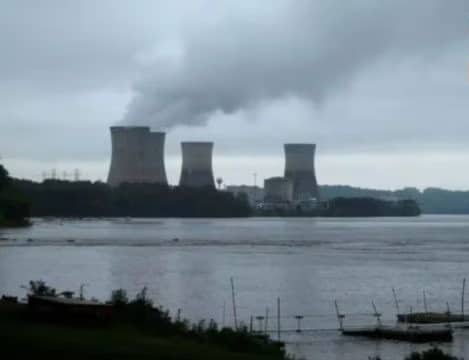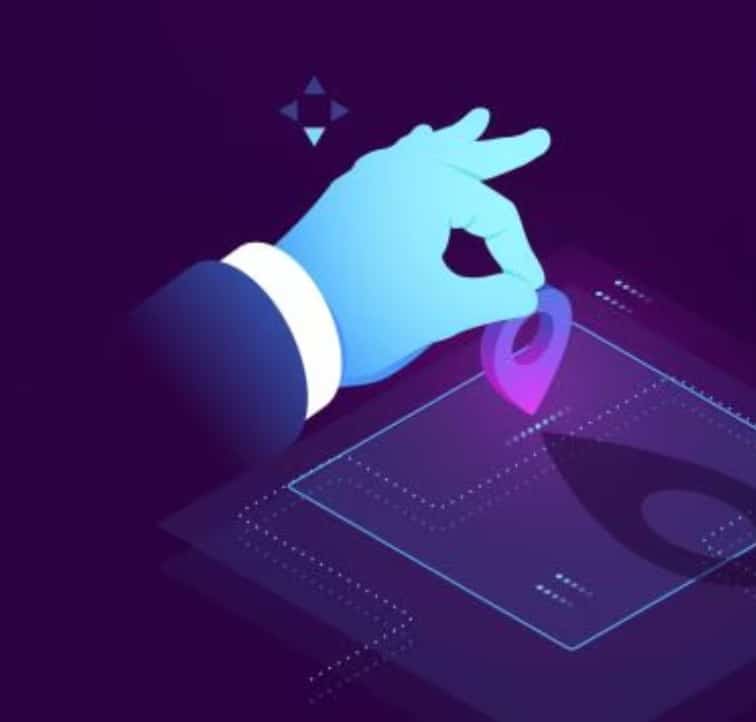What’s in Today’s Article?
- Why in News?
- About the World Trade Organisation (WTO)
- What is the Dispute Settlement Body (DSB)?
- Why does the WTO DSB Remain Defunct?
- Highlights of the GTRI Report
Why in News?
- According to an economic think tank GTRI report, restoring a fully functional WTO dispute settlement body may take longer due to significant differences between developed and developing countries on the issue.
- This comes as the 164-member WTO is set to gather next month in Abu Dhabi for the 13th ministerial conference (MC).
About the World Trade Organisation (WTO)
- It is an intergovernmental organisation (that describes itself as a “member-driven”, “consensus-based” organisation) that regulates and facilitates international trade between nations.
- It is the world’s largest international economic organisation (headquartered in Geneva, Switzerland), with 164 member states representing over 98% of global trade and global GDP.
- It officially began operations on January 1, 1995, in accordance with the 1994 Marrakesh Agreement (marks the culmination of the Uruguay Round), thus replacing the 1948 General Agreement on Tariffs and Trade (GATT).
- The highest authority of the WTO is the Ministerial Conference, which is composed of all member states and usually convenes biennially (every two years) and consensus is emphasised in all its decisions.
- The daily work is handled by three bodies whose membership is the same. The only difference is the terms of reference under which each body is constituted.
- The General Council
- The Dispute Settlement Body
- The Trade Policy Review Body
What is the Dispute Settlement Body (DSB)?
- The General Council convenes as the DSB to deal with disputes between WTO members.
- Such disputes may arise with respect to any agreement contained in the Final Act of the Uruguay Round.
- The DSB has authority to –
- Establish dispute settlement panels,
- Refer matters to arbitration,
- Adopt panel, Appellate Body and arbitration reports,
- Maintain surveillance over the implementation of recommendations and rulings contained in such reports, and
- Authorise suspension of concessions in the event of non-compliance with those recommendations and rulings.
- Only the DSB has the authority to make these decisions, panels and the Appellate Body can only make recommendations.
Why does the WTO DSB Remain Defunct?
- WTO dispute settlement is in the midst of a serious crisis because its appeals mechanism is not functioning.
- This is because the US (over the issue of judicial overreach) blocked appointments of new judges to the Appellate Body.
- This has led to most panel reports being appealed “into the void” and leaving the dispute unresolved.
- As a result, it is extremely difficult right now for WTO members to enforce WTO obligations through complaints against measures they believe are in violation.
Highlights of the GTRI Report
- Protectionism has been on the rise due to the lack of a functional dispute settlement body.
- Balancing India’s demands for an appellate body, S&DT provisions, and fairness while addressing other members’ concerns, including transparency and legal certainty, will require significant compromise and negotiation.
- Reaching a consensus on reform of the dispute settlement system is complex, with developed and developing countries holding different priorities and concerns.
- The proper functioning of the WTO Appellate Body has a disproportionate impact on the US because more than one-quarter of all disputes at the WTO have been challenges to US laws or other measures.
Q1) What is the General Agreement on Tariffs and Trade (GATT)?
The GATT, signed in 1947, is a treaty minimising barriers to international trade by eliminating or reducing quotas, tariffs, and subsidies. GATT was expanded and refined over the years, leading to the creation in 1995 of the WTO.
Q2) What are the WTO S&DT provisions?
The WTO agreements contain special provisions which give developing countries special rights and allow other members to treat them more favourably. These are “special and differential treatment (S&DT) provisions”.
Source: WTO dispute settlement body revival faces delays over country differences: GTRI | WTO | IISD
Last updated on December, 2025
→ Check out the latest UPSC Syllabus 2026 here.
→ Join Vajiram & Ravi’s Interview Guidance Programme for expert help to crack your final UPSC stage.
→ UPSC Mains Result 2025 is now out.
→ UPSC Notification 2026 is scheduled to be released on January 14, 2026.
→ UPSC Calendar 2026 is released on 15th May, 2025.
→ The UPSC Vacancy 2025 were released 1129, out of which 979 were for UPSC CSE and remaining 150 are for UPSC IFoS.
→ UPSC Prelims 2026 will be conducted on 24th May, 2026 & UPSC Mains 2026 will be conducted on 21st August 2026.
→ The UPSC Selection Process is of 3 stages-Prelims, Mains and Interview.
→ UPSC Result 2024 is released with latest UPSC Marksheet 2024. Check Now!
→ UPSC Prelims Result 2025 is out now for the CSE held on 25 May 2025.
→ UPSC Toppers List 2024 is released now. Shakti Dubey is UPSC AIR 1 2024 Topper.
→ UPSC Prelims Question Paper 2025 and Unofficial Prelims Answer Key 2025 are available now.
→ UPSC Mains Question Paper 2025 is out for Essay, GS 1, 2, 3 & GS 4.
→ UPSC Mains Indian Language Question Paper 2025 is now out.
→ UPSC Mains Optional Question Paper 2025 is now out.
→ Also check Best IAS Coaching in Delhi

















